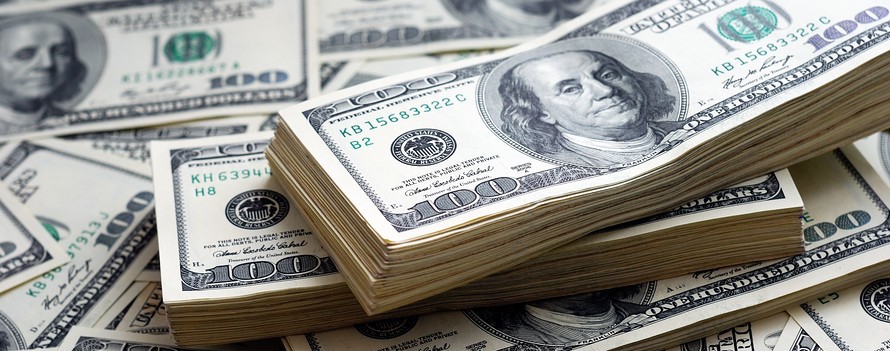President Trump’s decision to impose tariffs on subsidized imports from China has generated plenty of criticism from pundits and academics, alike. But the tariffs, which are intended to boost U.S. manufacturing competitiveness, are already leading to increased production and job growth in the heartland.
Op-ed by Michael Stumo, CEO of CPA, originally appeared in The Hill on October 22, 2018
There’s a looming trouble spot, however, because the U.S. dollar is significantly overvalued — and rising — in global markets. And that could end up negating some of the tariffs’ effectiveness.
Here’s the problem. Each day, global investors purchase massive amounts of U.S. securities and financial assets. This incoming capital benefits the financial industry but creates few jobs for everyday Americans. Worse, it has the unfortunate side effect of driving up the dollar’s value in global markets.
The resulting “strong dollar” helps American tourists purchase more souvenirs when vacationing in London or Paris. But the larger impact is that it makes U.S. products more expensive for overseas consumers. And it also makes imports from Asia and the EU cheaper in the U.S. market.
The strong dollar is loved by Wall Street, since it helps to sell stocks and bonds. But it hurts America’s workers, farmers and ranchers when it makes their products more expensive overseas.
President Trump alluded to this recently, saying that a strong dollar “doesn’t necessarily mean all good,” and the numbers bear him out. Since April, the dollar has risen significantly on a trade-weighted basis, climbing roughly 7.15 percent.
The Trump administration is currently taking strong action to fix U.S. trade problems through tariffs and renegotiated trade agreements. But the dollar’s rise is offsetting these efforts. The total cost of tariffs on imports is estimated at $41.8 billion.
But if the dollar rises only 1 percent, the annual impact exceeds the tariffs’ costs. That’s because every 1 percent increase in the dollar’s value adds roughly $25 billion annually to the price tag of U.S. exports. And it effectively subsidizes import prices by about $31 billion as well. The combined impact is a whopping $56 billion.
Overall, the dollar is now overvalued by as much as 25 percent. That means exports from Boeing, Caterpillar, Ford and the nation’s farmers cost foreign buyers 25-percent more than they should.
Conversely, imports from Kia, Toyota and Samsung become 25-percent cheaper in the U.S. market. This “strong dollar” import subsidy is pushing U.S. manufacturers to the wall, preventing them from raising wages in the face of heavy price competition.
The Trump administration has shown admirable focus in addressing America’s massive goods trade deficit, which reached $800 billion last year. But what’s needed now is a “whole of government” approach to the dollar problem.
Under existing international agreements, the president retains authority to respond to economic threats that originate outside the United States. President Trump should use such latitude to impose a fee on excessive incoming foreign capital.
This would gradually push the dollar back to its fair-market value, making U.S. exports more competitive globally and gradually eliminating the trade deficit.
There’s certainly a precedent for such action. President Reagan, faced with large trade deficits, devalued the dollar in 1985 through the Plaza Accord. Fast-growing economies like China task their central banks with managing exchange rates. Japan, Switzerland and others also manage exchange rates to benefit their manufacturers and exporters.
Despite ongoing trade deficits and job losses, many in the U.S. remain oddly supportive of a strong dollar. But an excessively strong currency means our manufacturers and farmers are increasingly priced out of global markets.
The Trump administration’s trade strategy must include efforts to achieve a competitively priced dollar. Otherwise the president will find less success in lowering America’s trade deficit and rebuilding domestic production.













